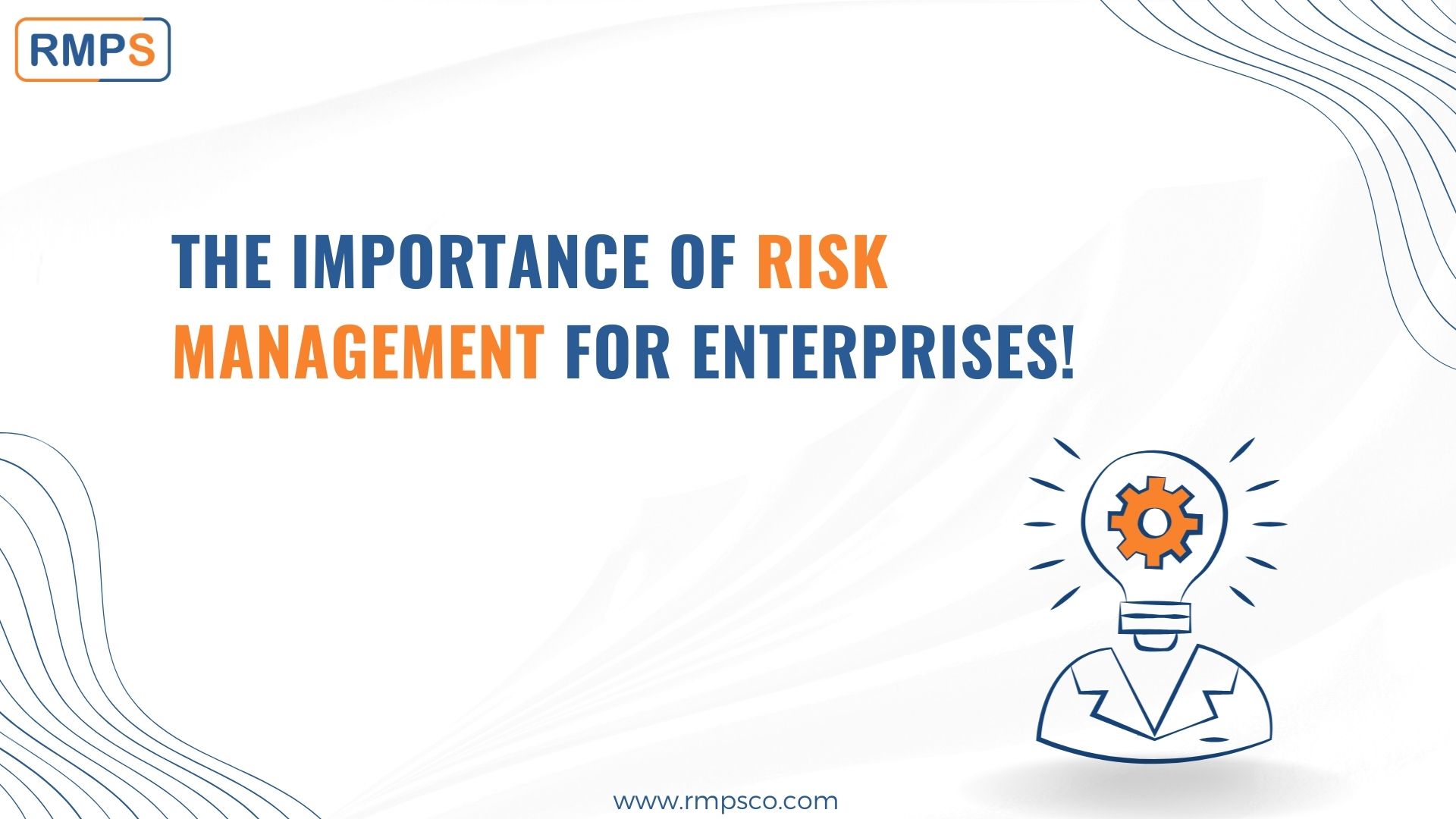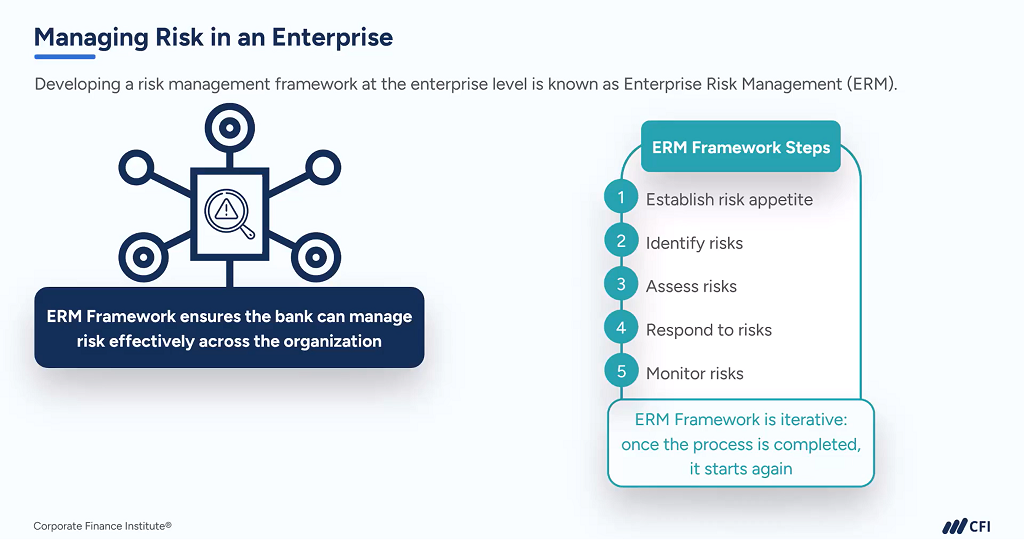Exploring the Growing Importance of Risk Management in Corporate Strategy
Exploring the Value of Risk Management for Effective Decision-Making Approaches
In the complex world of service, Risk Management arises as a vital variable in the decision-making process. The capacity to determine possible threats and chances, and plan accordingly, can spell the distinction between success and failure. With devices such as SWOT and PESTEL, companies are equipped to make educated selections, cultivating strength and flexibility in an ever-changing environment. Wondering just how this functions? Allow's unbox the dynamics further.
Comprehending the Principle of Risk Management
Risk Management, a vital element in decision-making, is usually misunderstood or oversimplified. Generally, it refers to the identification, evaluation, and prioritization of risks to reduce, keep track of, and manage the possibility or impact of unfortunate events. However, it's not merely about avoiding negative outcomes, but also about identifying possible possibilities. Risk Management includes self-displined and organized methods, making use of data and informative evaluations. It requires an extensive understanding of the organization's context, purposes, and the prospective risks that can obstruct them. From financial unpredictabilities, legal liabilities, strategic Management errors, to crashes and natural disasters, it deals with various threats. Significantly, effective Risk Management is not stagnant; it's a continual, positive process that develops with changing conditions.
The Duty of Risk Management in Decision-Making Processes
In the world of tactical preparation and company procedures, Risk Management plays an indispensable role in decision-making processes. It helps in recognizing possible risks and unpredictabilities that can affect the achievement of service purposes. By mapping these dangers, firms can develop approaches to minimize their impact, making sure business connection and stability. Risk Management hence ends up being an essential tool in decision-making, aiding leaders to make informed selections based upon a comprehensive understanding of the threats involved. It motivates a proactive method, allowing companies to prepare and prepare for for possible future circumstances. This considerably reduces the chance of unfavorable consequences, promoting a lot more effective and efficient decision-making techniques. Risk Management serves as an important component in the decision-making processes of any company.

How Risk Management Improves Strategic Planning
In the context of calculated planning, Risk Management plays a crucial function. Initiating with the identification of potential dangers, it even more includes the application of Risk reduction procedures. The function of Risk Management is dynamic yet not fixed, as it demands constant tracking and adjusting of techniques.
Recognizing Prospective Risks

Applying Risk Reduction
Risk mitigation strategies can vary from Risk avoidance, Risk transfer, to take the chance of reduction. Each approach must be tailored to the certain Risk, considering its prospective impact and the organization's Risk tolerance. Efficient Risk mitigation calls for a deep understanding of the Risk landscape and the possible impact of each Risk.
Monitoring and Readjusting Methods
Though Risk mitigation is an important action in tactical preparation, continuous tracking and change of these techniques is just as crucial. This recurring process allows companies to identify new threats and reassess existing ones, guaranteeing the applied techniques continue to be effective in the ever-changing service setting. It also offers a chance to review the success of the Risk Management actions, allowing adjustments to be made where essential, additional improving critical planning. Efficient monitoring and modification need the usage of analytics and vital efficiency indicators (KPIs) to measure effectiveness. These tools supply beneficial data-driven understandings that can inform calculated decision-making. Consequently, monitoring and adjusting Risk Management strategies is a crucial element for enhancing an organization's durability and strategic planning.
Instance Researches: Effective Risk Management and Decision-Making
In the world of business and finance, successful Risk Management and decision-making usually work as the columns of thriving enterprises. One such entity is an international oil firm that alleviated monetary loss by hedging versus fluctuating oil costs. In an additional instance, a tech start-up prospered by identifying and approving risky, high-reward techniques in a volatile market. An international financial institution, faced with governing unpredictabilities, successfully browsed the circumstance through aggressive Risk analysis and vibrant decision-making. These cases highlight the worth of astute Risk Management in decision-making procedures. It is not the absence of Risk, but the Management of it, that commonly separates successful firms from unsuccessful ones. These instances highlight the critical function of Risk Management in strategic decision-making. importance of risk management.
Tools and Strategies for Effective Risk Management
Browsing the intricate maze of Risk Management needs the right set of devices and techniques. These devices, such as Risk registers and warm maps, help in determining and assessing prospective dangers. Strategies see here include both quantitative techniques, like level of sensitivity analysis, and qualitative methods, such as SWOT analysis. These assistance in focusing on risks based on their more tips here prospective influence and probability. Risk reaction methods, a vital component of Risk Management, involve accepting, preventing, moving, or mitigating dangers. Monitoring and managing dangers, with normal audits and evaluations, make certain that the strategies remain effective. With these tools and methods, decision-makers can navigate the complicated landscape of Risk Management, consequently promoting educated and reliable decision-making.
Future Patterns in Risk Management and Decision-Making Methods
As we check out the substantial landscape of Risk Management, it comes to be evident that the strategies and devices utilized today will certainly remain to evolve. Future trends point in the direction of a raised reliance on innovation, with fabricated knowledge and artificial intelligence playing significant duties. These innovations will make it possible for companies to predict possible threats with better accuracy and make even more educated choices. Furthermore, there will be an expanding emphasis on durability, not just in taking care of risks yet likewise in bouncing back from adverse situations. Last but not least, the concept of Risk culture, where every participant of an organization realizes and entailed in Risk Management, will get more importance. These find out here fads herald a more aggressive and inclusive approach towards Risk Management and decision-making.
Final thought

Risk Management thus becomes an essential device in decision-making, assisting leaders to make informed selections based on a detailed understanding of the dangers involved. Risk mitigation approaches can vary from Risk avoidance, Risk transfer, to risk decrease (importance of risk management). Efficient Risk reduction needs a deep understanding of the Risk landscape and the prospective impact of each Risk. Risk feedback methods, an essential component of Risk Management, include accepting, preventing, transferring, or mitigating threats. The concept of Risk culture, where every participant of an organization is mindful and included in Risk Management, will certainly acquire extra importance